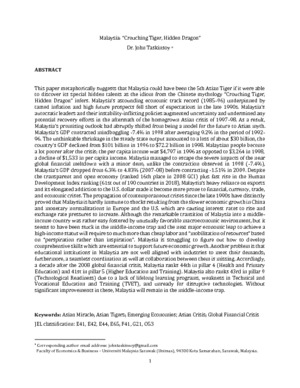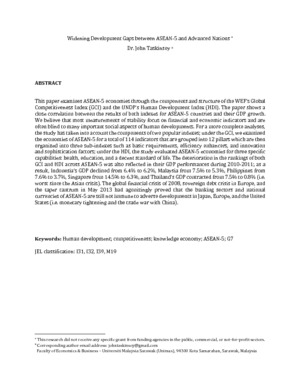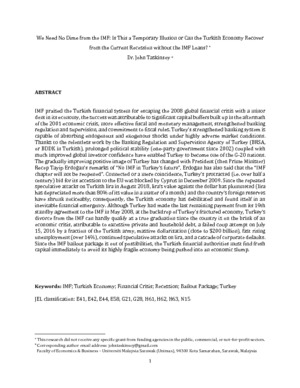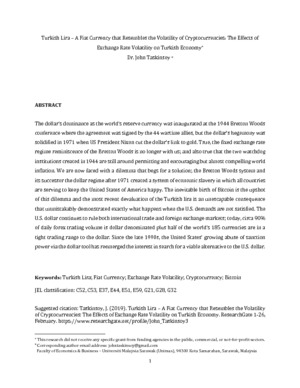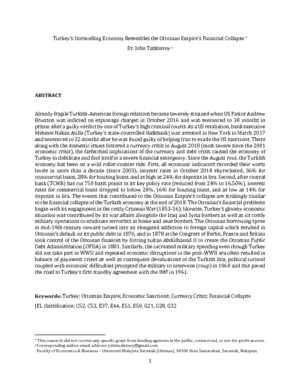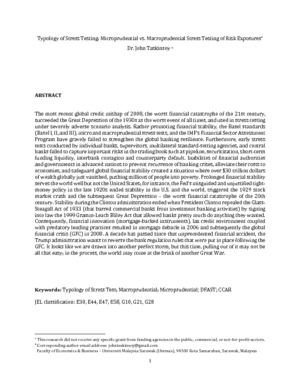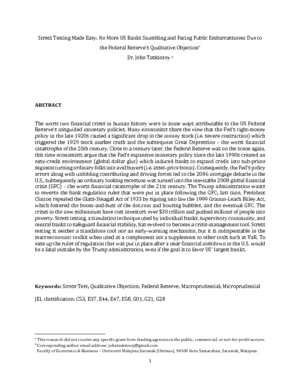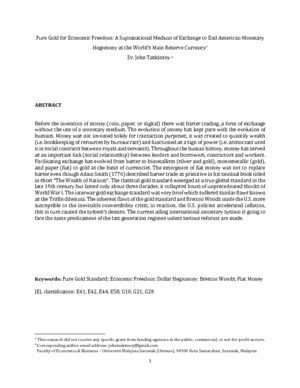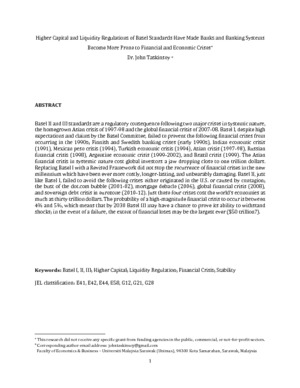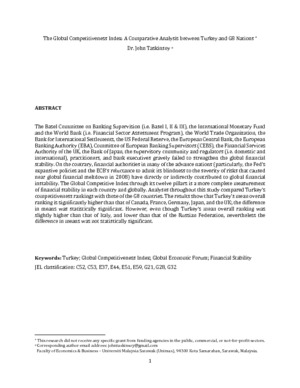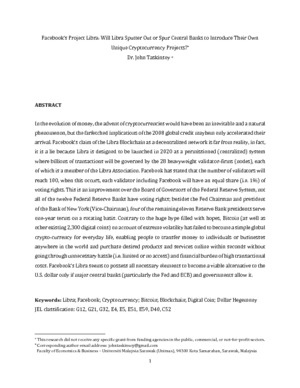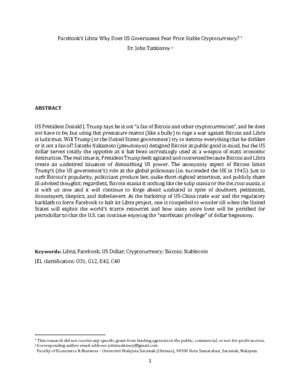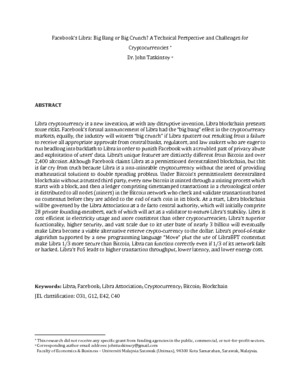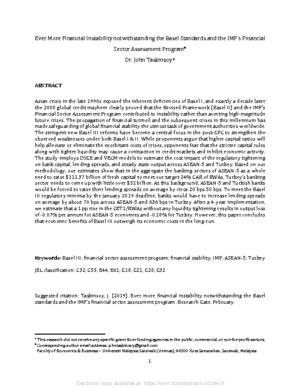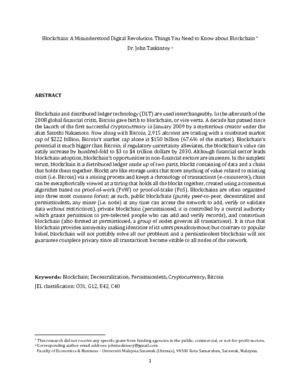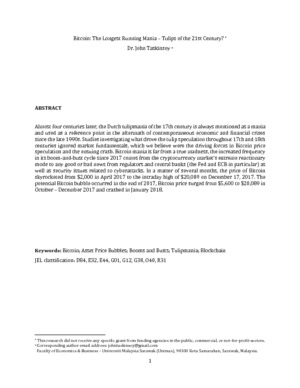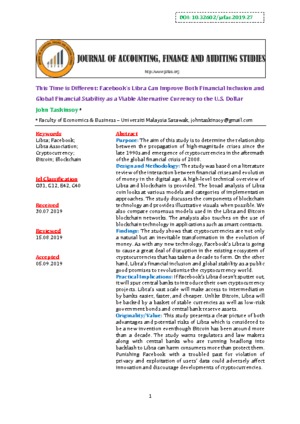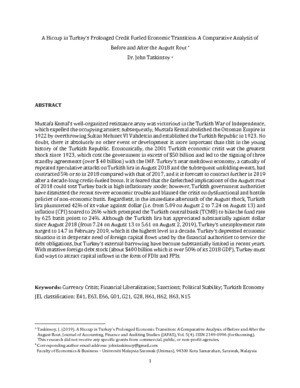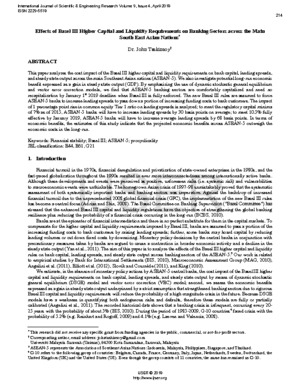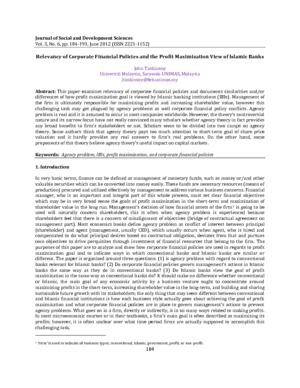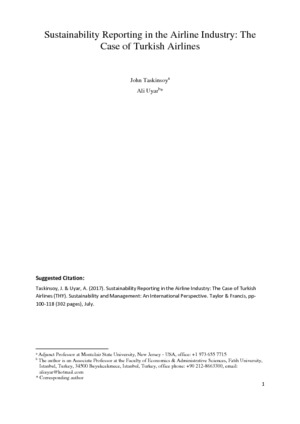- Suggested keywords :
- Paleontologists(2)
- hippopotamus(1)
- exotic(2)
- (10)
- profit(1)
List of Categories and SubCategories
Change Your Picture

A Macro Stress Testing Framework For Assessing Financial Stability: Evidence From Malaysia
JOHN TASKINSOY
VIEWS
1556
INFO
more

- Category : Business
- Size : 1754080
- By : JOHN TASKINSOY



Using Your Google Account
Google Login/Sign up
OR
Recover Your Password
Abstract
The main results of the macro stress testing exercise in this paper reveal that Malaysia’s banking sector is resilient, well diversified, and highly interconnected. Further, Malaysia has a thriving equity market, large bond market and growing private debt securities. Main results of the baseline scenario suggest a modest change in capital ratios; the post-stress test CAR and Tier 1 capital ratio are -1.64% and -1.38% respectively. The impact of all fundamental shocks on capital ratios under both adverse and severely adverse scenarios is significant. The aggregate capital shortfall in the form of needed capital injection (i.e. cost to the government from failed banks) under adverse scenario is 1.55% of the GDP (or $4.59 billion based on 2015 GDP of $296.22 billion). The capitalization needs became more severe in the severely adverse scenario, $10.52 billion (or 3.55% of 2015 GDP). The important conclusion of the macro stress testing is that no bank failed, faced a liquidation or suspension of license.
Recommended Papers


